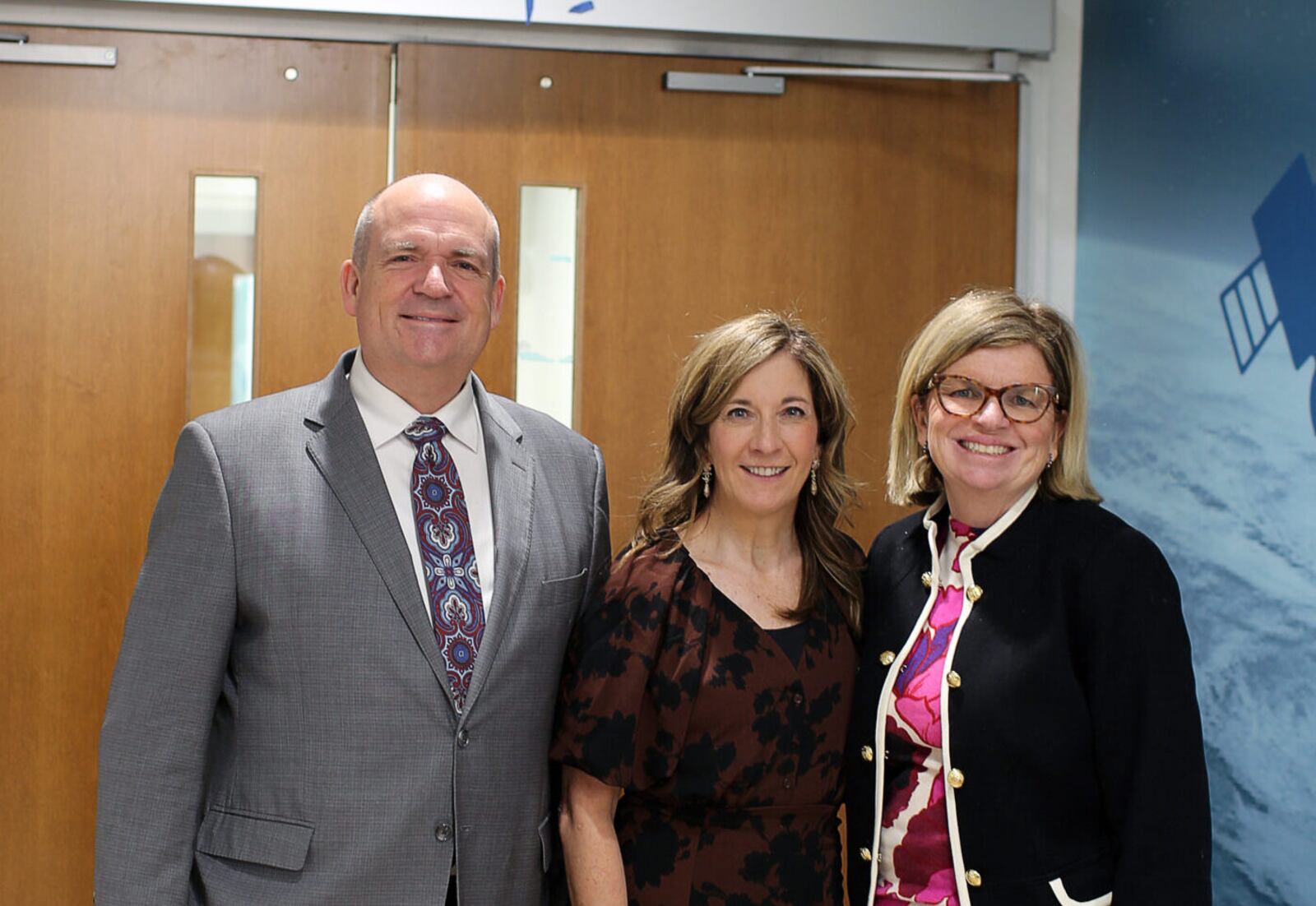This story appears in the September issue of Utah Business. Subscribe.
Utah is a cornerstone of business, innovation and entrepreneurship. It also consistently leads the nation in service, charities and giving. As such, Utah and Utahns are uniquely positioned to lead our nation in the goodness that this key sector can bring to the world.
The nonprofit world is an exciting space where passion meets purpose, but sometimes, it’s easy to forget that running a nonprofit requires the same level of strategic thinking and operational know-how as any successful business. By embracing business-minded strategies, nonprofit leaders can amplify their impact and drive meaningful change.
1. Think like a business.
A nonprofit organization isn’t wholly about passion; it’s about sustainability and impact. Nonprofit leaders should consider how their organization can operate more like a business and less like a charity. For too long, there has been a view that running a nonprofit with the effectiveness and efficiency of a business somehow taints the mission of the organization. The opposite is true.
At the heart of this approach is balancing revenue and expenses while working toward clear, measurable goals. These goals should align with a nonprofit’s mission and help guide the organization’s path forward. As a nonprofit leader, you might ask yourself: “How do we ensure financial stability? What are our revenue streams? What are our short-term and long-term goals, and how do they fit into our mission?” By considering these questions, nonprofit leaders can better navigate the financial landscape and set their organizations up for success and longevity.
2. Know your revenue streams.
Revenue is undeniably the lifeblood of any nonprofit, and understanding where money comes from is essential for impact and sustainability. For most nonprofits, this means building strong relationships with donors. However, another consideration for nonprofit leaders should be how they serve markets. Each offers unique opportunities and challenges.
Donors often fall into two categories: givers or builders, each with different motivations and expectations. Recognizing these differences is crucial for tailoring engagement strategies to meet the needs and expectations of each donor type effectively.
Givers are driven by a sense of philanthropy or personal belief in a cause. They are often motivated by the emotional impact of their contribution and might be more responsive to regular acknowledgments and heartfelt expressions of gratitude.
Builders, on the other hand, see their contributions as investments in a larger vision. They might be interested in initiatives such as launching new programs, constructing facilities or creating a legacy for future generations. Builders often seek more involvement and may appreciate detailed updates on how their investments are helping the nonprofit grow, sustain and achieve its impact goals.
3. Expand revenue streams.
While donations form a substantial part of nonprofit funding, exploring other revenue opportunities through market-based approaches provides additional financial stability and an increased impact potential. Nonprofits can develop products or services that align with their mission and appeal to a broader market.
For instance, a nonprofit focusing on the arts could offer special exhibits or performances, paid workshops, or consulting services. These offerings can attract individuals and organizations outside the traditional donor base, creating an expanded, self-sustaining revenue stream within the organization’s mission.
Health-focused nonprofits should explore the development of wellness programs or partner with corporations to implement employee health initiatives. These services support the nonprofit’s mission and provide valuable services to the community and corporate partners.
New ideation on revenue creation helps drive dollars to do good. In our great state — with the best economy in the nation, an abundance of talent, unmatched work ethic, natural entrepreneurial skills and the propensity to do good — we should unleash the power of Utah’s business ecosystem and generosity to power nonprofit impact and sustainability.
4. Be a sustainable innovator.
Utah nonprofits frequently lead the way in identifying and addressing societal challenges, and a commitment to a mission should help drive far-reaching impacts. To facilitate this, nonprofit leaders should constantly strive to find innovative ways to boost their good.
One critical principle of innovation is that unsustainable innovation is no innovation at all. Measure innovative effectiveness by focusing relentlessly on long-term sustainability. This commitment leads to continuously engaging in user testing, budgeting and assessing scalability, with a goal to optimize impact wherever possible. Leaders should cultivate a culture that balances organizational health with goals of public service. Make this simple for your team by adopting a culture with a strategic framework for operational guideposts.
This strategic framework should inform every aspect of your work, ensuring that your solutions are innovative, practical and sustainable. Nonprofits should avoid creating critical resources for families that could suddenly vanish or fall short of their promises. By prioritizing innovation and grounding efforts in solid business principles, nonprofits will develop offerings that truly make a difference and endure over time.
5. Unleash Utah’s potential.
Utah is an undeniable economic trailblazer in our nation. We have an amazing opportunity to be
a nonprofit exemplar as well. Leaders who blend the best business practices and strategies can build a model in Utah where nonprofit organizations thrive in an ever-evolving environment. If we take advantage of what positively sets our state apart in business, we will unleash an altruistic engine for good.

